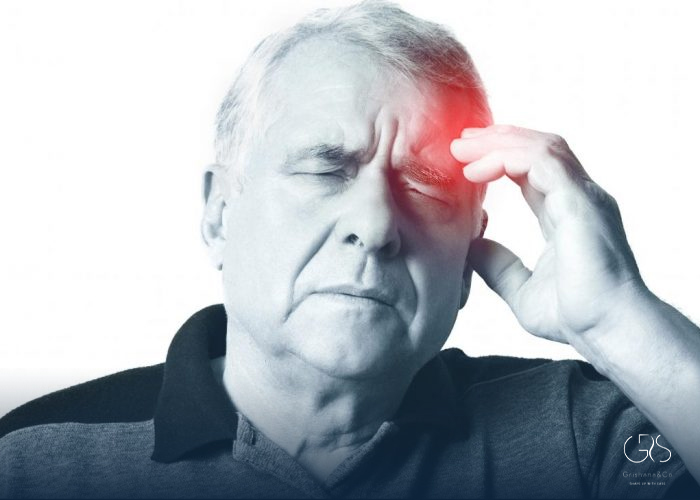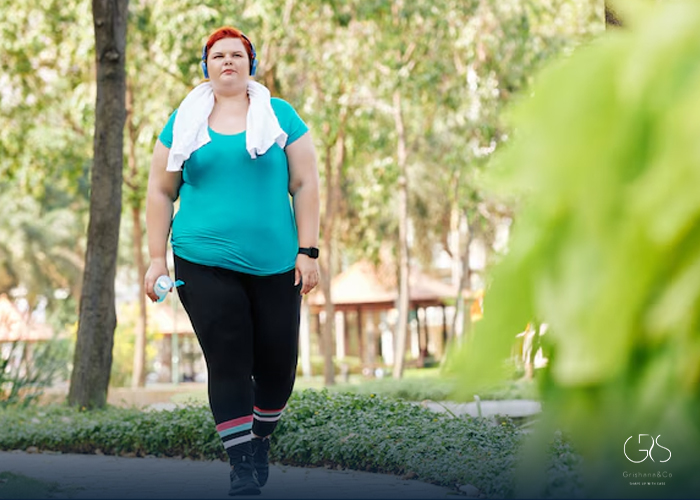In the depths of the human body, a silent threat lurks, preying on unsuspecting victims regardless of age. Contrary to popular belief, strokes are not solely reserved for the elderly. Research indicates that young adults are also susceptible, making awareness and education vital. In this comprehensive guide, we unveil the early signs of stroke, shedding light on this alarming phenomenon and emphasizing the importance of early detection and preventive measures.
The All-Encompassing Impact of Strokes
Strokes happen when blood flow to the brain is disrupted, leading to potentially irreversible damage. While age is a known risk factor, it is crucial to recognize that strokes can happen at any age. Young adults, though fewer in number, are not exempt from this menacing threat.

Unmasking the Early Stroke Signs
It is imperative to familiarize ourselves with the early signs of stroke to enable early intervention and potentially save lives. These signs may manifest differently from traditional stroke symptoms and can be easily overlooked, leading to delayed treatment and dire consequences.
The Warning Bells: Recognizing the Signs
Early stroke signs can manifest in various ways. Educating oneself and others about these warning signals is key to prompt action and improved outcomes. Common signs include sudden weakness or numbness, difficulty speaking, dizziness, severe headache, and blurred vision.

Debunking the Myths
Many myths surround strokes, perpetuating misconceptions that only the elderly are at risk. By debunking these myths and highlighting the alarming statistics of strokes in young adults, we gain a deeper understanding of the need for awareness and preventive measures.
The Alarming Rise in Stroke Incidences among Young Adults
Studies reveal a disturbing trend of increasing stroke rates among young adults. Contributing factors may include sedentary lifestyles, unhealthy dietary choices, stress, and undiagnosed medical conditions. These statistics drive home the urgency for prevention through lifestyle changes and proactive healthcare.

Diverse Perspectives:Personal Stories of Young Stroke Survivors
To provide a comprehensive understanding of strokes in young adults, we explore personal stories of survivors, highlighting their experiences, challenges, and triumphs. Sharing these stories fosters empathy, breaks societal stereotypes, and underscores the importance of early action and support.
Taking Control: Prevention and Risk Reduction Strategies
Prevention is the first line of defense against strokes, regardless of age. This section outlines the various lifestyle modifications, including exercise, healthy eating habits, stress management, and regular medical check-ups, that can significantly reduce the risk of strokes in young adults.
Conclusion:
In conclusion, strokes are a formidable adversary that does not discriminate based on age. By equipping ourselves with knowledge about early stroke signs and understanding that strokes can affect anyone, we empower ourselves and those around us to take proactive steps towards prevention and early intervention. Together, let us strive for a healthier future, free from the ravages of stroke.
Sources
- Stroke Facts, Centers for Disease Control and Prevention
- Mayo Clinic, Stroke
- American Stroke Association, Stroke Signs and Symptoms
- World Health Organization, Stroke









